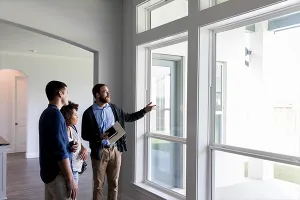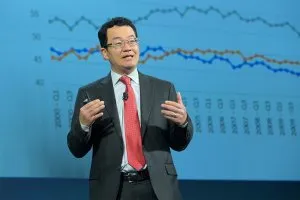The worst of the housing shortage is ending, but market equilibrium between supply and demand is still some ways off. Total housing starts were 1.72 million in April, a 14.6% leap from a year ago. The gain was driven by strong activity in multifamily construction, predominately apartment buildings, which reached a 624,000 annualized pace unit production—the highest in nearly 40 years. Single-family housing starts fell for the second consecutive month with 1.1 million units.
Builders are responding to higher mortgage rates and are chasing rising rents, with fewer homebuyers and more renters being forced to renew their leases. Even before the rise in interest rates, apartment vacancy rates were at historic lows and rents were accelerating. Some degree of a return to the office is also fueling back-to-city living where high-rises are concentrated.
The homes-for-sale inventory in March was still essentially at an all-time low with less than a million homes on the market (April data to be released on May 19th). Around 1.5 million homes were on the market before the pandemic. Even as home sales look to trend back to pre-pandemic levels after the big surge of the past two years, inventory will not return to pre-pandemic conditions. That means home prices will get pushed even higher in the upcoming months, albeit modestly, given the supply-demand imbalance.









